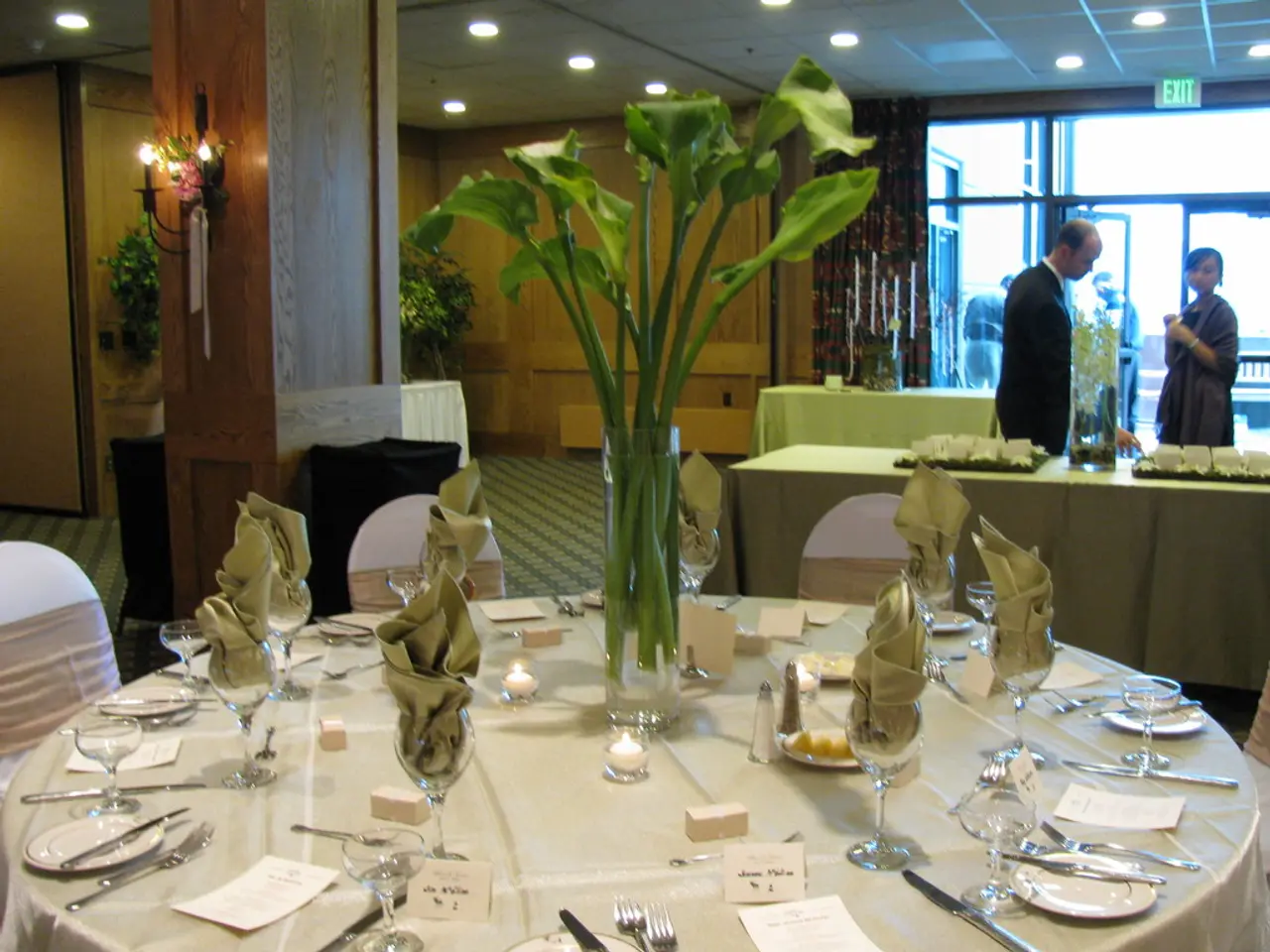Workshop for Traditional Yosegi Woodwork with Master Craftsman Yuta Shimizu
Workshops Offer Unique Opportunity to Learn Traditional Japanese Craft
In the picturesque town of Hakone, Kanagawa Prefecture, Japan, a unique opportunity awaits those interested in art and craftsmanship. As part of the exhibition, JAPAN 47 ARTISANS, workshops and demonstrations with artisan Yuta Shimizu are being offered.
Shimizu, a member of Zōki-Bayashi, a collective of young Yosegi Zaiku artisans, was born in Tokyo in 1980. After graduating from Tokyo City University in 2002, he joined Kanazashi Woodcraft Co., Ltd., led by master artisan Katsuhiro Kanazashi. Under his guidance, Shimizu studied the intricacies of Yosegi Zaiku, a traditional Japanese marquetry craft that originated in the late Edo period.
Yosegi Zaiku combines timbers of different colors to create beautiful patterns and mosaics. The craft is especially famous for creating himitsu-bako or “secret puzzle boxes,” which are wooden boxes with cleverly concealed sliding mechanisms. These puzzle boxes were originally designed both as beautiful ornaments and as secure containers to hide valuables such as money and jewelry.
During the workshops, Shimizu will share his own work and introduce the two primary Yosegi Zaiku techniques, Muku and Zuku. Participants will have the unique opportunity to create a personal work of Yosegi-art by combining individual small, natural colored pieces of wood. Each participant will receive an intricate zuku sample strip to take home.
Shimizu's works aim to shine a new light on Hakone Yosegi Zaiku. His works have been shown overseas, including Milan Design Week and Maison&Objet Paris, since 2005. He participated in the launch of Zōki-Bayashi in 2005 and continues to create works in his independent studio, Luthier, since 2011.
The craft developed during Japan's Edo period and has since come to be widely known and respected throughout the world. The multi-colored wood pieces are representative of the remarkable diversity of trees in the Hakone area. Yosegi Zaiku often incorporates traditional symbolic motifs such as asanoha (hemp leaf pattern, symbolizing growth) and kikko (tortoise shell pattern, symbolizing longevity), linking the art form to cultural meanings and providing visual harmony.
In 1984, the practice of Yosegi Zaiku was certified as a national traditional craft by Japan's Minister of Economy, Trade and Industry. Today, authentic Yosegi Zaiku pieces from Hakone are prized for their artistry, cultural significance, and functional beauty.
Don't miss this chance to learn and create your own piece of this remarkable traditional craft. Sign up for a workshop today!
[1] "Yosegi Zaiku." Japan National Tourism Organization. https://www.japan.travel/en/spot/1114/
[2] "Yosegi Zaiku." Hakone Tourist Association. https://www.hakone-info.jp/yosegi/
[3] "Yosegi Zaiku." Sustainable Cultural Heritage. https://sustainableculturalheritage.org/2019/03/18/yosegi-zaiku-japanese-marquetry-craft/
[4] "Yosegi Zaiku." Hakone Open-Air Museum. https://www.hakone-oam.or.jp/en/yosegi/
- The exhibition, JAPAN 47 ARTISANS, is offering workshops on traditional Japanese marquetry craft, Yosegi Zaiku, for people interested in art and craftsmanship.
- Yuta Shimizu, who is a member of Zōki-Bayashi and studied under Katsuhiro Kanazashi, will be teaching these workshops, sharing his creations, and introducing the primary techniques: Muku and Zuku.
- Participants will have the opportunity to create their own Yosegi-art, combining small, natural colored pieces of wood, and receive an intricate Zuku sample strip to take home.
- By learning Yosegi Zaiku, not only will you be participating in a living cultural tradition, but also contributing to the preservation of this art form that symbolizes growth and longevity, known for its functional beauty, intricate patterns, and diverse wood pieces representative of the amazing Hakone area.




